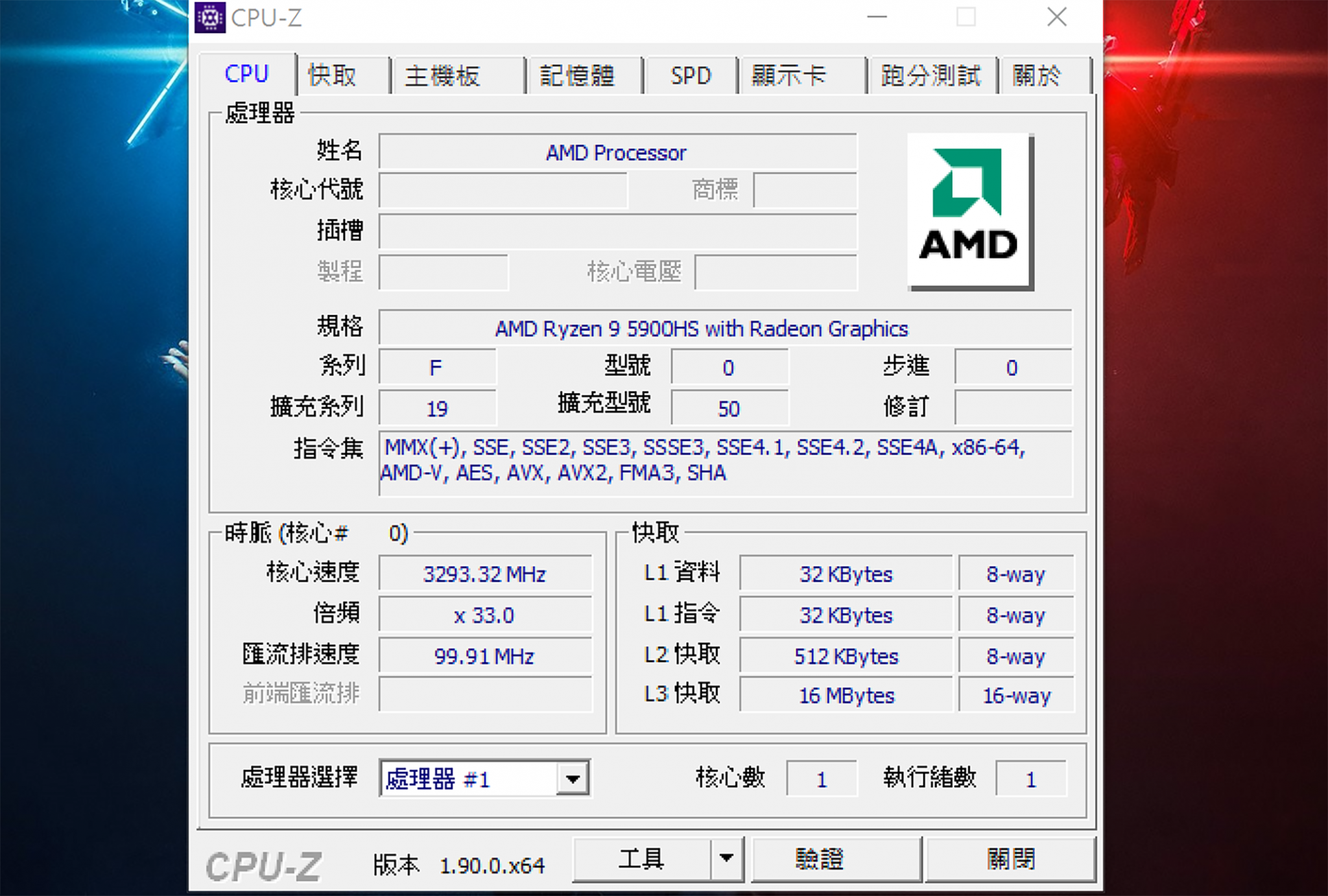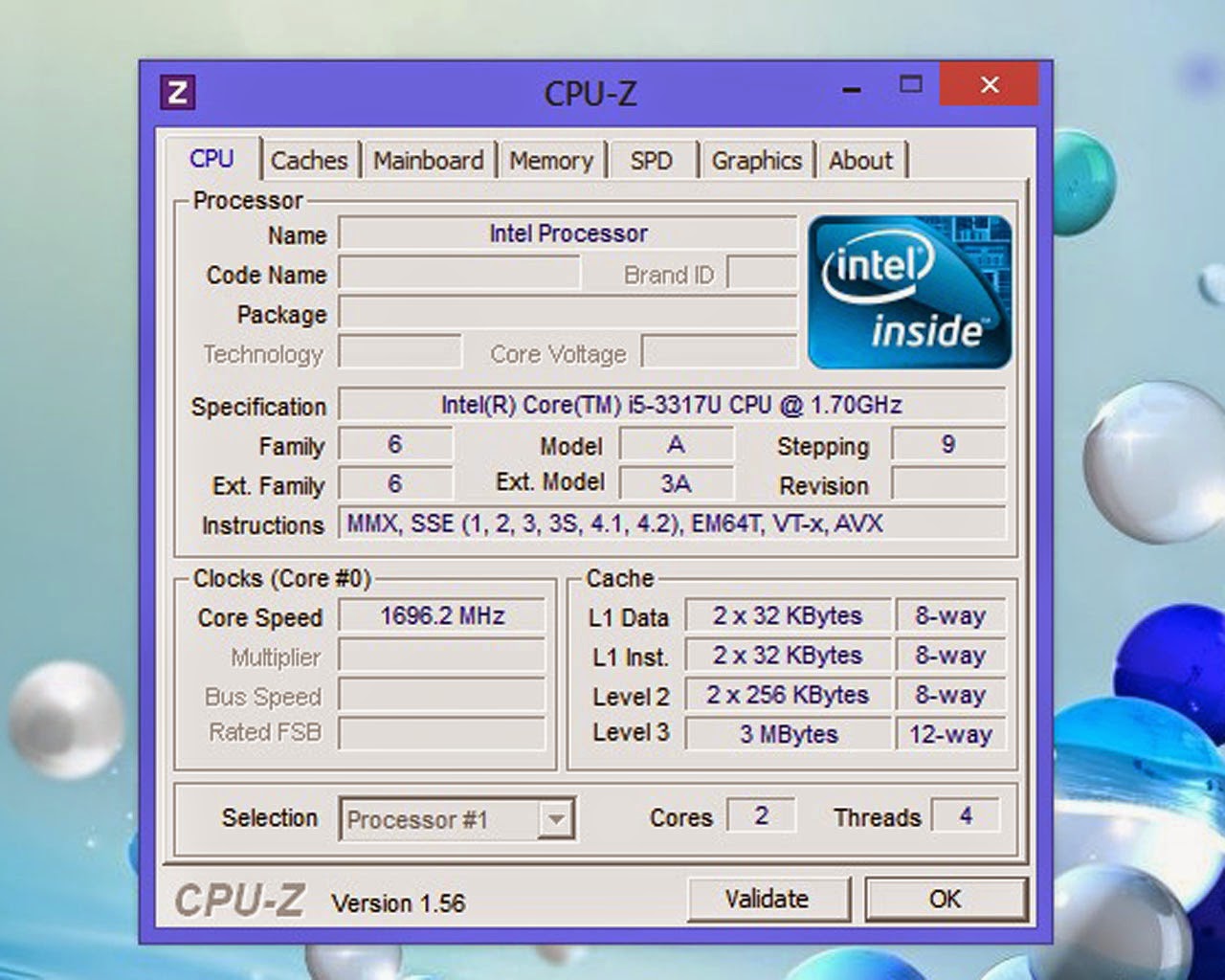Cpu z – CPU-Z is your go-to tool for quickly and easily understanding your computer’s hardware. This free utility provides detailed information about your CPU, RAM, motherboard, and more, presenting it in a clear, user-friendly format. Whether you’re a seasoned tech enthusiast or a curious beginner, CPU-Z demystifies the inner workings of your PC, offering a valuable snapshot of its capabilities.
From identifying your processor’s model and clock speed to revealing intricate details about your memory modules and motherboard chipset, CPU-Z provides a comprehensive overview. This allows you to troubleshoot performance issues, compare your system specs with others, or simply satisfy your curiosity about what makes your computer tick. Understanding this information can help you make informed decisions about upgrades and future purchases.
CPU-Z is a great tool for checking your computer’s specs, making sure you’ve got the horsepower for demanding tasks. If you’re planning on flying a drone with advanced features, you’ll want a powerful machine, so check your CPU before you even think about buying one – perhaps even a best buy drone which often require decent processing power for smooth video streaming.
Then, after you’ve picked out your drone, use CPU-Z again to monitor performance during video editing!
CPU-Z: A Deep Dive into System Information: Cpu Z
CPU-Z is a free, lightweight, and popular utility that provides detailed information about your computer’s hardware components. It’s a go-to tool for anyone wanting to understand the specifics of their system, from casual users to experienced technicians. This article will explore its core features, advanced usage, and potential troubleshooting scenarios.
Introduction to CPU-Z
CPU-Z’s primary function is to display comprehensive information about your computer’s central processing unit (CPU), memory (RAM), and motherboard. Initially focused solely on CPU details, it has evolved over the years to encompass a broader range of system components. Its development began as a response to the need for readily accessible and detailed hardware specifications, a gap that existed in many system information tools of the time.
So you’re checking your CPU specs with CPU-Z, right? That’s a great way to see what’s under the hood. But if you’re on a BC Ferries sailing, you might want to check the strength of your bc ferries wifi connection first – otherwise, uploading that CPU-Z screenshot might take a while! Back to CPU-Z, remember to check your temperatures too.
Compared to other system utilities like Speccy or HWiNFO64, CPU-Z distinguishes itself through its simplicity, ease of use, and its concise, yet informative, presentation of data. While other tools offer more extensive benchmarks and diagnostics, CPU-Z excels at providing a quick and accurate overview of key hardware components.
Core Features and Data Display

CPU-Z presents data in a clear, tabbed interface. The CPU tab displays the manufacturer, model, core count, clock speed, cache sizes, and other vital CPU statistics. The Memory tab details the type of RAM (DDR4, DDR5, etc.), its size, speed (frequency), and timings (latency values). The Motherboard tab shows the manufacturer, model, and chipset. Finally, the Graphics tab displays information about your integrated or dedicated graphics card.
| Component | Manufacturer | Model | Details |
|---|---|---|---|
| CPU | Intel | Core i7-12700K | 12 Cores, 20 Threads, 3.6 GHz Base Clock |
| Memory | Crucial | Ballistix 32GB (2x16GB) DDR5 | 5200 MHz, CL36 Timings |
| Motherboard | ASUS | ROG Maximus Z690 Hero | Intel Z690 Chipset |
| Graphics | NVIDIA | GeForce RTX 3070 | 8GB GDDR6 |
Advanced Usage and Interpretation
Understanding the significance of CPU parameters like core count, thread count, and cache levels is crucial for interpreting CPU-Z’s data. More cores generally translate to better multitasking capabilities, while more threads improve performance in multi-threaded applications. Larger cache sizes can lead to faster processing speeds. Memory timings, represented as CL values (e.g., CL16), affect memory access latency; lower CL values usually indicate faster memory.
Inconsistencies between reported speeds and expected speeds based on manufacturer specifications could indicate overclocking issues, driver problems, or hardware faults. CPU-Z can be instrumental in diagnosing problems such as RAM errors, incorrect clock speeds, or incompatibility issues between components.
- Identifying overclocking instability
- Verifying RAM compatibility and timings
- Troubleshooting CPU performance bottlenecks
- Detecting hardware malfunctions
Technical Specifications and Benchmarks

CPU-Z’s reported specifications should generally align with the manufacturer’s published data. Discrepancies might arise from overclocking, undervolting, or BIOS settings. For example, a CPU might be running at a lower clock speed than its advertised maximum due to power saving features or thermal throttling. CPU-Z data can be used to compare the performance of different systems by analyzing key metrics like clock speeds, core counts, and memory timings.
However, CPU-Z itself doesn’t provide benchmarks; it only supplies the raw hardware data. A system with a higher clock speed and more cores doesn’t automatically guarantee superior overall performance; other factors, such as architecture and software optimization, play a significant role.
A CPU-Z screenshot might show a CPU with a reported clock speed of 3.5 GHz, a memory speed of 3200 MHz, and 16GB of DDR4 RAM. The screenshot would also detail the specific CPU model, motherboard chipset, and other relevant hardware information.
Troubleshooting and Error Handling

Potential errors in CPU-Z might include incorrect reporting of hardware specifications, inability to detect certain components, or crashes. Troubleshooting steps often involve ensuring the latest version of CPU-Z is installed, checking for driver updates, and verifying hardware connections. Incorrect information might stem from outdated drivers or BIOS settings.
- Reinstall CPU-Z
- Update your system’s drivers
- Check for BIOS updates
- Verify hardware connections
- Run a memory test (e.g., MemTest86)
Security and Privacy Implications, Cpu z
CPU-Z itself poses minimal security risks; it’s a read-only utility that doesn’t modify system settings. However, the information it reveals could be misused if your system is compromised. The displayed data, such as CPU model and motherboard specifications, could be used to target vulnerabilities. The privacy concern lies in the potential exposure of sensitive system information to unauthorized individuals.
It’s crucial to only use CPU-Z on trusted systems and networks.
CPU-Z is a great tool for checking your computer’s specs, right? But did you know that powerful CPUs are also used in drones? Tracking the location and activity of drones, especially with something like the US drone sightings database, helps us understand their capabilities. Knowing this might make you appreciate your own CPU’s power a little more – especially when you’re running CPU-Z itself!
- Use CPU-Z only on trusted networks.
- Keep your system updated with the latest security patches.
- Use strong passwords and avoid sharing your system information unnecessarily.
Ultimate Conclusion
In short, CPU-Z is an indispensable utility for anyone wanting to delve into the specifics of their computer’s hardware. Its straightforward interface and comprehensive data make it perfect for troubleshooting, system comparisons, and simply understanding your PC’s capabilities. Whether you’re diagnosing a problem or just exploring the details of your system, CPU-Z offers a quick and easy way to get the information you need.
Question & Answer Hub
Is CPU-Z safe to use?
Yes, CPU-Z is a generally safe and trusted utility. However, always download it from the official website to avoid malware.
Can CPU-Z damage my computer?
No, CPU-Z is a read-only utility; it doesn’t modify any system settings or files.
How often should I use CPU-Z?
Use it whenever you need detailed information about your hardware. This could be for troubleshooting, upgrading, or simply satisfying your curiosity.
What if CPU-Z shows incorrect information?
Try restarting your computer. If the problem persists, check for updates to CPU-Z and your drivers.